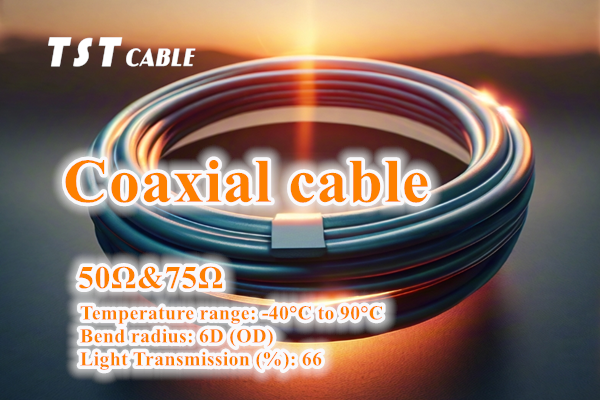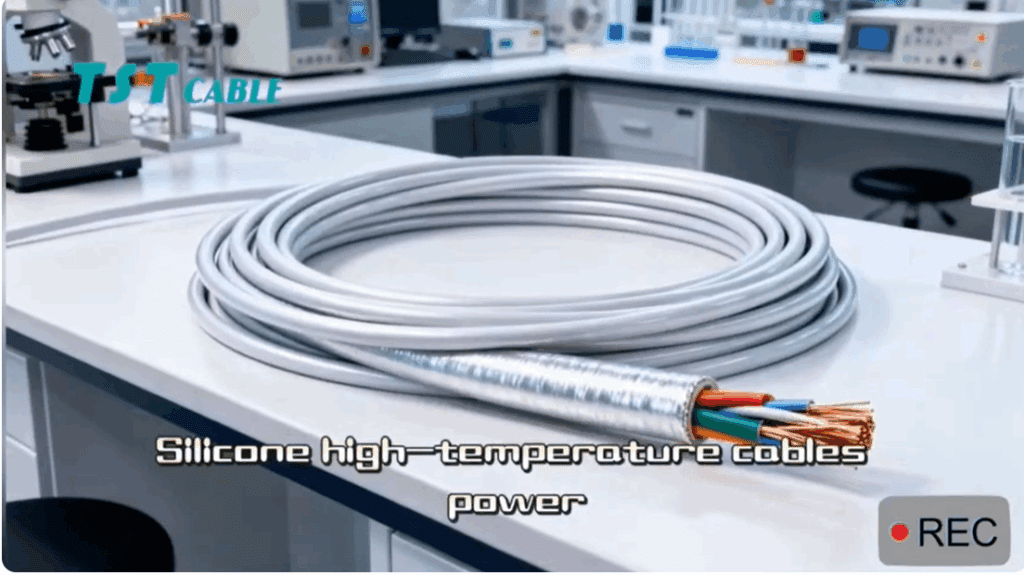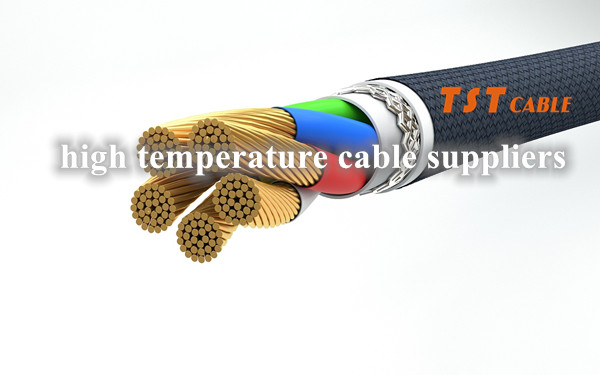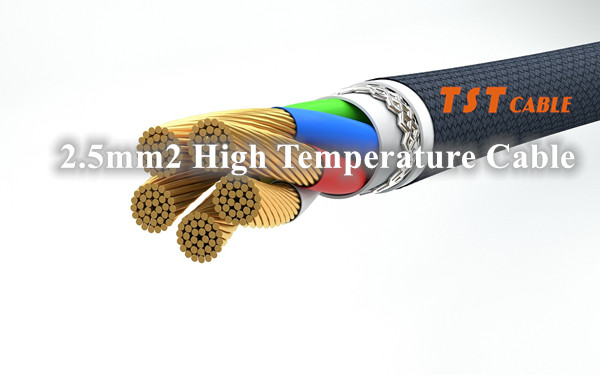
Cross linked cables and coaxial cables have significant differences in construction, application scenarios, performance, electrical characteristics, physical characteristics, safety and regulatory compliance. The following is a specific comparison of these two types of cables:
I. Structure
Cross linked cable:
It is mainly composed of conductor, insulation layer, filling layer and sheath layer.
The insulation layer uses Cross linked materials, such as Cross linked polyethylene plastic.
The conductor may be wrapped with special materials such as mica tape outside.
Coaxial cable:
Consists of four layers of material: a conductive copper wire in the center, a plastic insulator on the periphery, a thin mesh conductor on the outer layer, and an insulating material sheath on the outermost layer.
With specific impedance, such as 50Ω or 75Ω, to adapt to different transmission needs.
II. Application Scenarios
Cross linked cable:
Urban rail transit: widely used in power supply system, signal and control system of metro, light rail and other urban rail transit, such as Guangzhou Metro and Shanghai Metro.
Industrial application: also commonly used in power transmission and control system of industrial and mining enterprises.
Coaxial Cable:
Communication field: coaxial cable is widely used in communication field, especially in radio communication and TV signal transmission.
Video transmission: Due to its high quality signal transmission characteristics, it is also used in various video transmission systems.
III. Performance
Cross linked cable:
High insulation strength and insulation resistance.
Excellent thermal stability and aging resistance, can withstand high temperatures, such as the long-term allowable working temperature of 90 ℃, short-circuit temperature up to 250 ℃.
Good mechanical strength and resistance to stripping.
Coaxial cable:
Strong anti-interference ability, good shielding performance.
Stable transmission of data, suitable for high-frequency transmission, the frequency can reach hundreds of megabytes.
Relatively inexpensive, and can be used without connecting to a hub or switch.
In summary, Cross linked cables and coaxial cables have obvious differences in structure, use and performance characteristics. Cross linked cable with its excellent electrical properties and heat resistance, in the electric power and industrial fields have a wide range of applications; while coaxial cable with its excellent anti-interference ability and data transmission stability, in the field of communications and signal transmission to occupy a place.
Four, electrical characteristics
Cross linked cable:
Resistance and Low Voltage Drop: Designed for efficient transmission of electrical energy, Cross linked cables are characterized by low resistance and low voltage drop, which ensures that losses during the transmission of electrical energy are minimized.
Insulation: Its excellent insulation properties ensure safe operation of the cable under high voltage and high load.
Coaxial cables:
Transmission performance: coaxial cable is particularly suitable for high-frequency signal transmission, and its core indicators include special group resistance and attenuation, and the transmission rate is significantly higher than ordinary cables.
Anti-interference: it has good anti-interference performance, can maintain the clarity and stability of the signal in the case of changes in the electromagnetic field environment.
V. Physical properties
Cross linked cable:
Corrosion resistance: the outer sheath is usually made of corrosion-resistant materials, suitable for use in humid and corrosive environments.
Flexibility: Cross linked cables usually have good flexibility, easy to install and lay in complex environments.
Coaxial cable:
Structural features: copper mesh inside the coaxial cable is used to mask external interference signals and improve the quality of signal transmission.
Linearity: the laying process needs to maintain the distance between the conductor and the copper mesh to ensure the linear transmission of the signal.
Sixth, safety and standardization
Cross linked cable:
Safety standards: The design and manufacture of Cross linked cables need to strictly comply with the relevant electrical safety standards to ensure their safety in the process of use.
Coaxial cable:
Communication standards: coaxial cables in the field of communication need to comply with specific communication protocols and standards to ensure the accurate transmission of signals.
If you have needs or questions about coaxial cables or cross-linked cables, please feel free to contact TSTCABLES by email.
Also available in:
English





